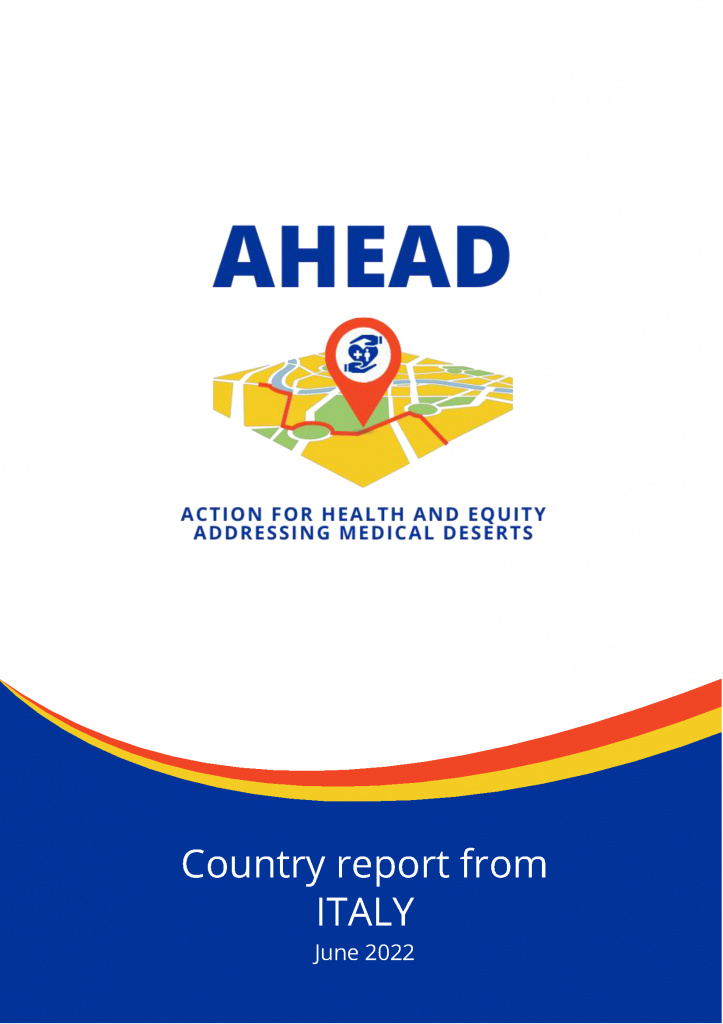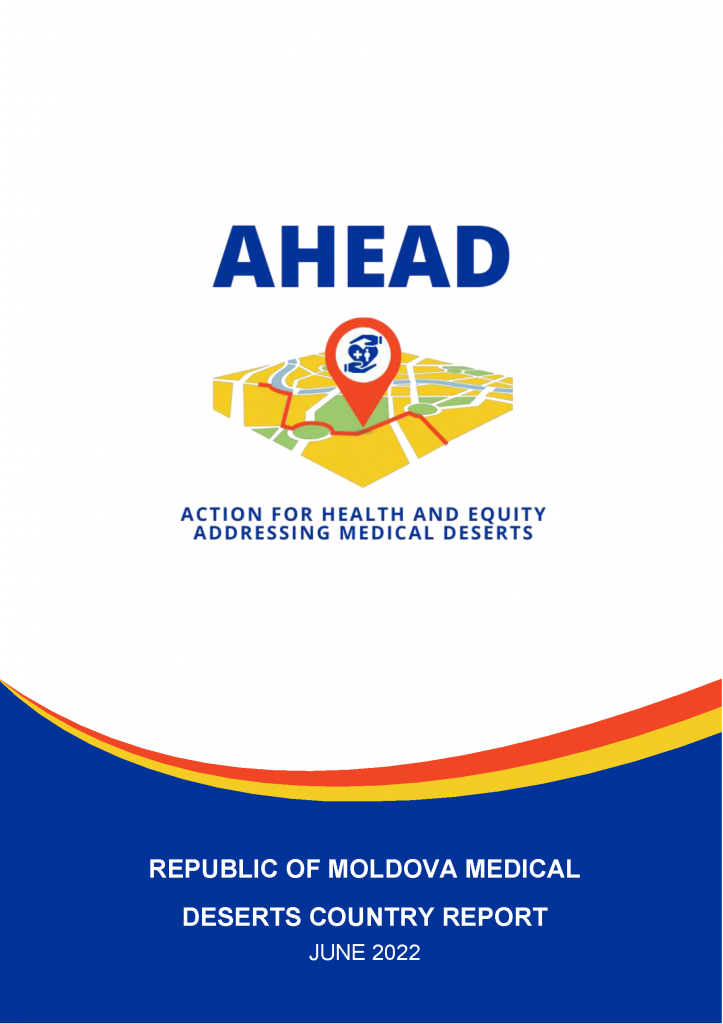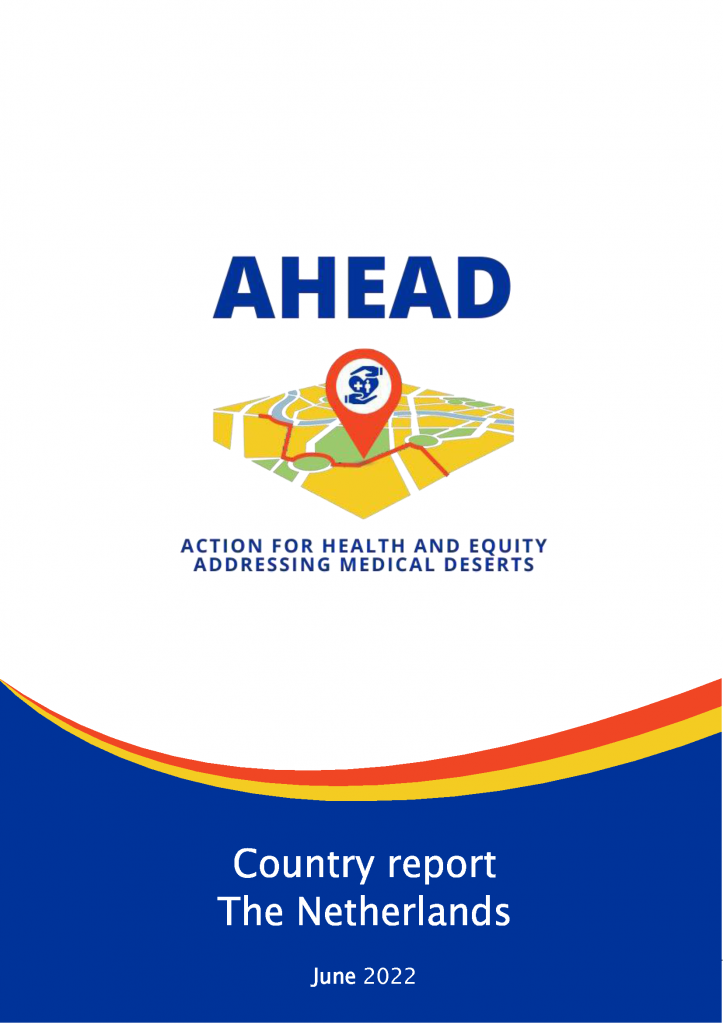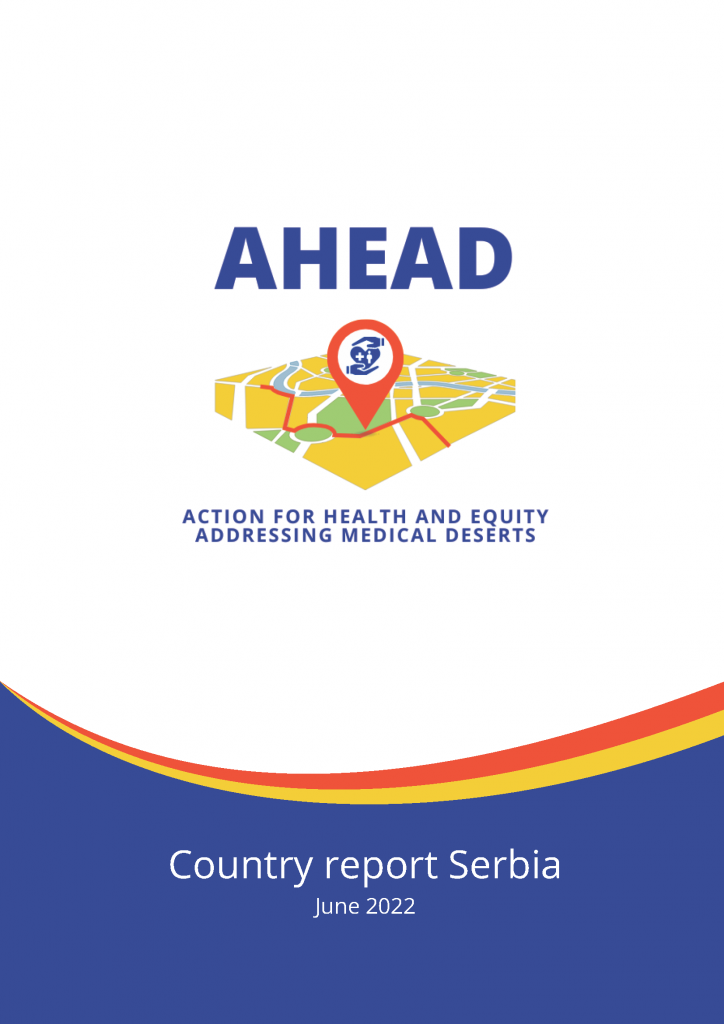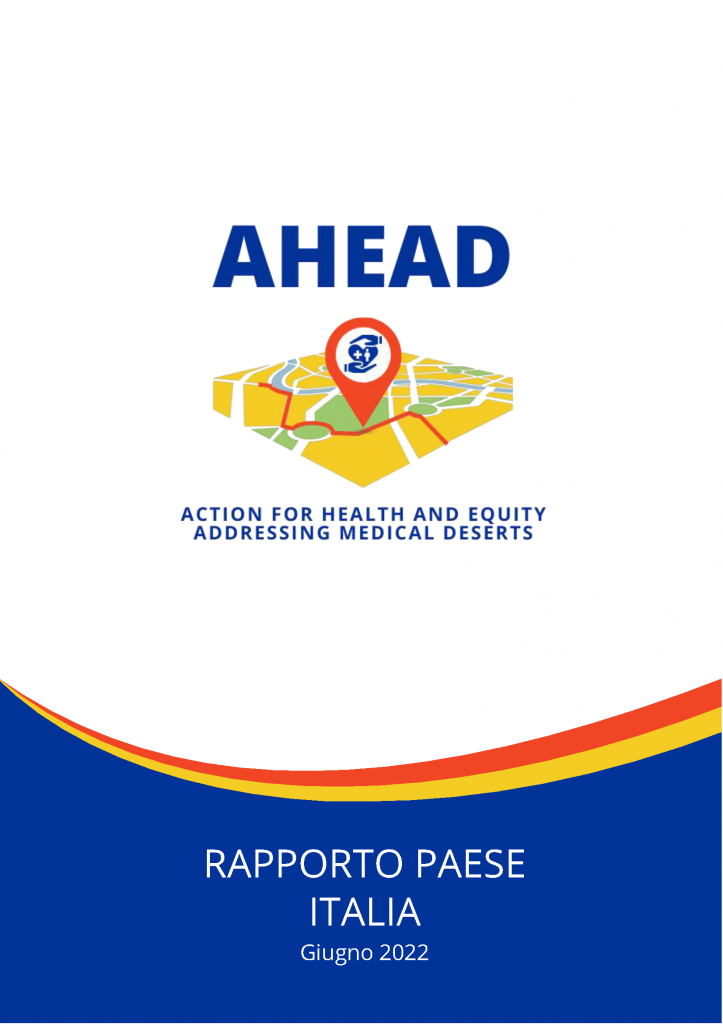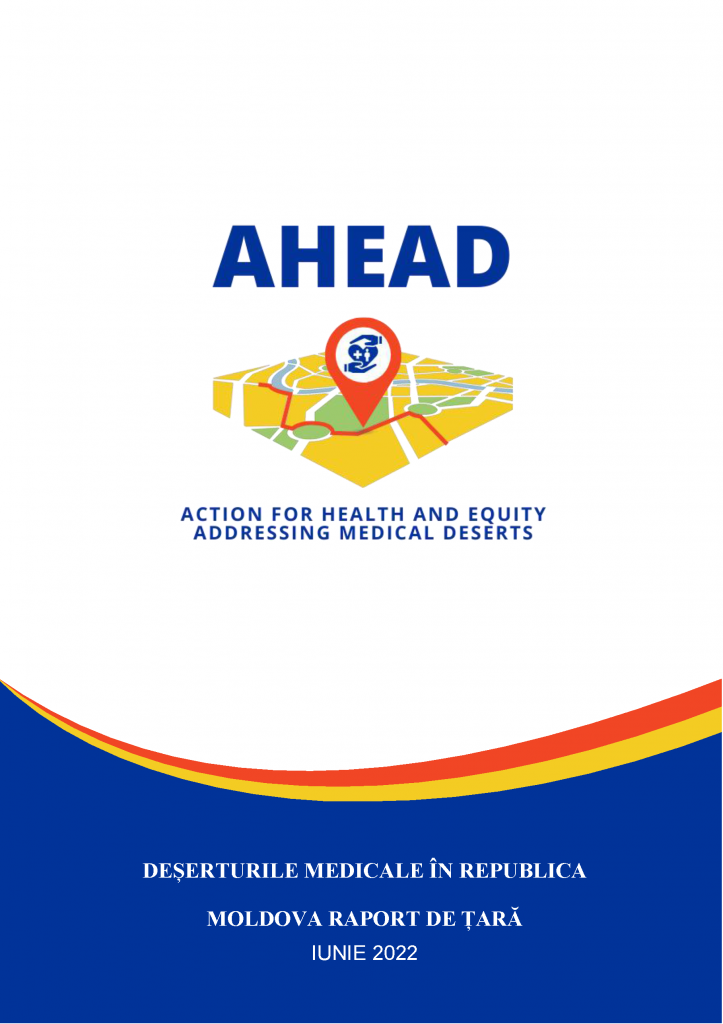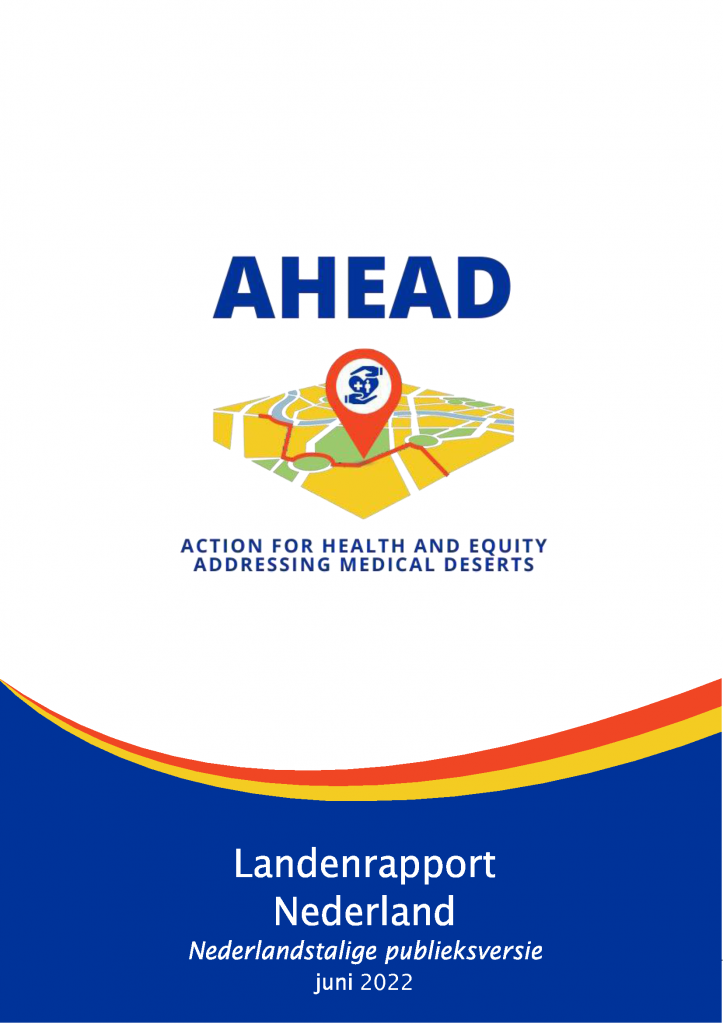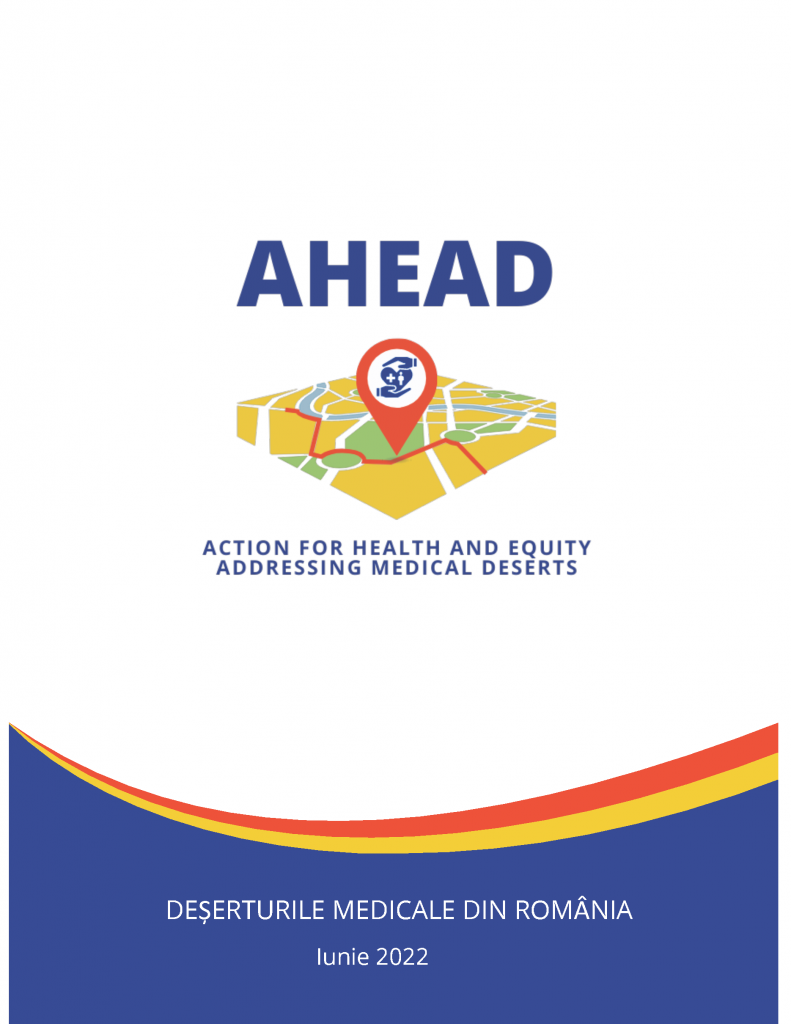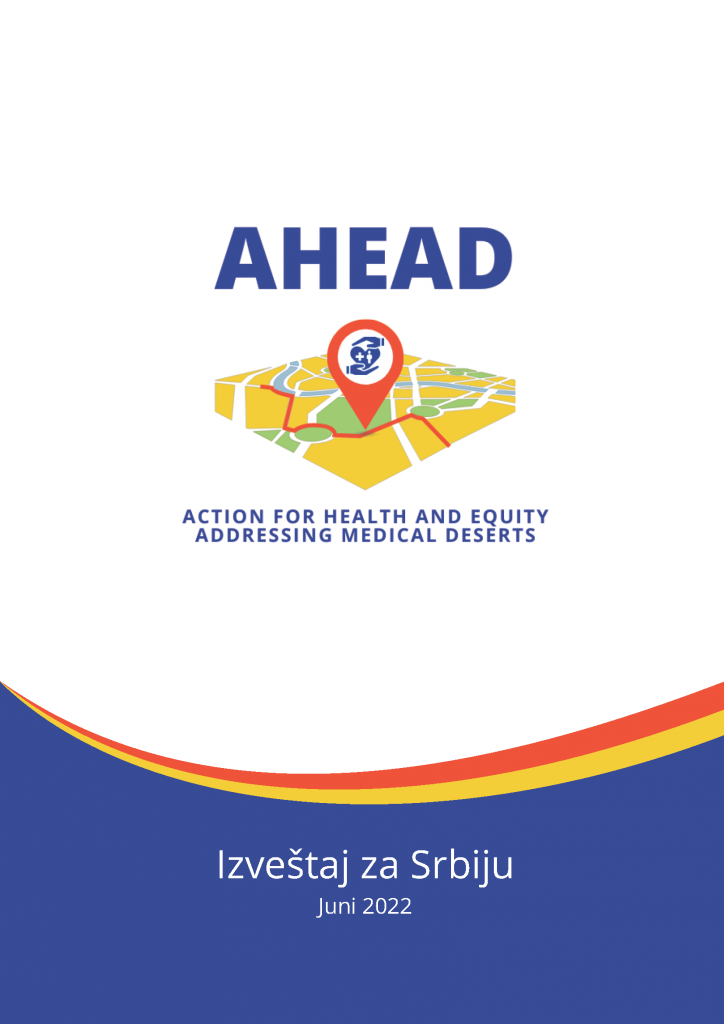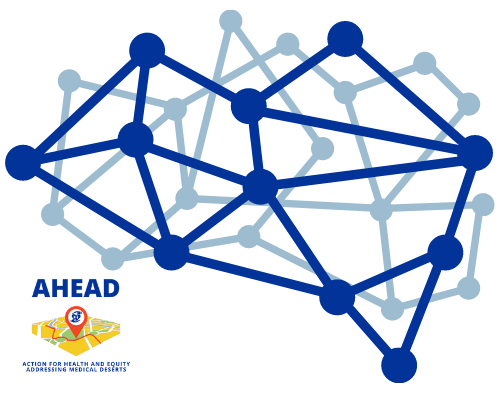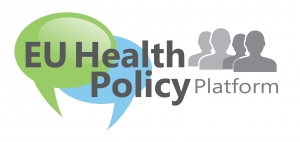
Recording AHEAD webinar on medical deserts
On September 16th, Wemos and our partners in the project Action for Health and Equity: Addressing medical Deserts (AHEAD) organised a webinar about the different manifestations – or ‘faces’ – of medical deserts in Italy, Moldova, the Netherlands, Romania and Serbia. The recording of our webinar is now available on our YouTube channel.
We shared the key findings of our country research on medical deserts in Italy, Moldova, the Netherlands, Romania and Serbia with the audience. For example, we found several common ‘root causes’ of medical desertification in the abovementioned countries: increased health care need among the population and a low number of health workers. In addition, we also found common ‘themes’, based on the interviews we held with stakeholders in the said countries: low familiarity with the term ‘medical deserts’, and insufficient mitigation, solutions and strategies on the national and local level (i.e. no clear ownership of the problem or solution).
It was an interactive webinar, during which there was room for questions from the audience. Stefan Mandic-Rajcevic, data research analyst at the University of Belgrade and one of our AHEAD team members in Serbia, was our moderator. Our speakers were:
- Keynote speech (by Katarzyna Ptak Bufkens – Directorate-General for Health and Food Safety, European Commission)
- Medical deserts: definition and methodology (by Dana Farcasanu –Center for Health Policies and Services)
- Country findings: Italy, Moldova, Serbia, Romania, the Netherlands (by Aysel Rahimli – Wemos)

